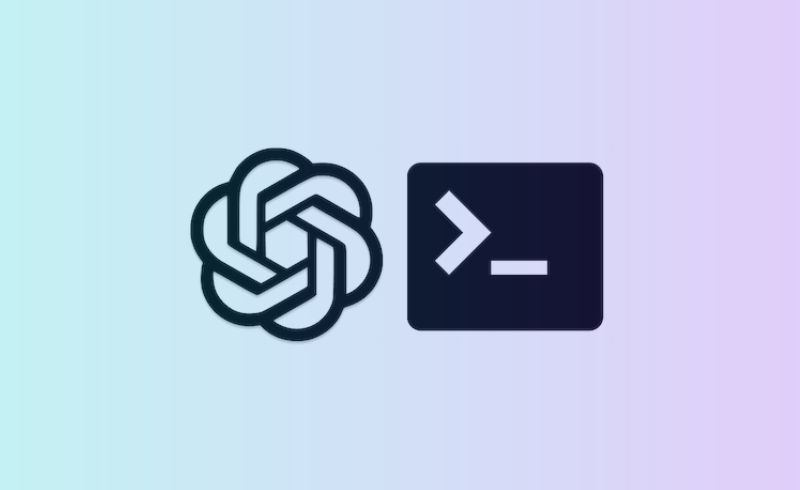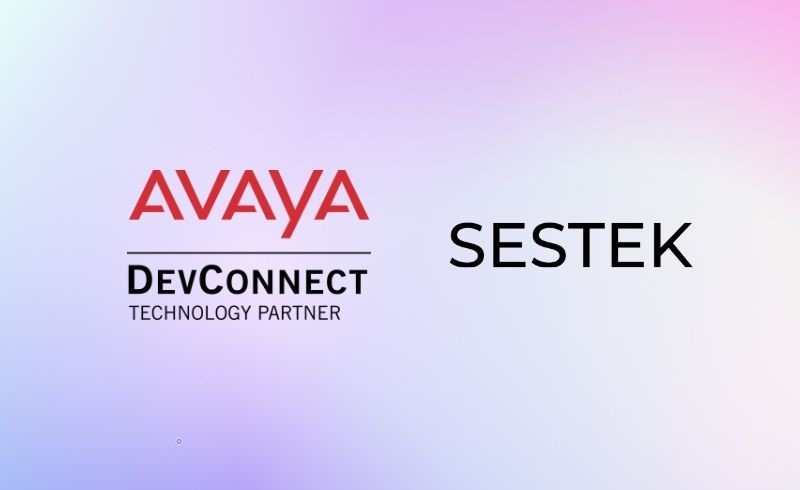
Each year, Gartner publishes its predictions on top technology trends. As for the rest of the business world, we were waiting to get this report, and here are the top ten trends that we believe will greatly impact our technology decisions in this year.
Sustainable Technology is focused on the use of environmentally friendly technologies that promote long-term sustainability. This includes the use of renewable energy sources and energy-efficient technologies, as well as eco-friendly materials and manufacturing processes. As concerns about climate change continue to grow, there is increasing pressure on businesses to adopt sustainable technologies in order to reduce their carbon footprint and minimize their impact on the environment. By embracing Sustainable Technology, businesses can not only improve their environmental performance but also gain a competitive advantage in the marketplace. By 2025, 50% of CIOs will have performance metrics tied to the sustainability of the IT organization. Source: Gartner.
AI TRiSM is a framework for the development and use of artificial intelligence (AI) that aims to ensure that AI systems are developed and used in an ethical and responsible manner. The acronym stands for AI, Trust, Responsibility, and Security Model, and it addresses issues of trust, responsibility, and security in the development and use of AI. As AI becomes increasingly prevalent in a wide range of industries, it is important to ensure that it is developed and used in a way that is ethically responsible and promotes the overall well-being of society. By 2026, organizations that operationalize AI transparency, trust, and security will see their AI models achieve a 50% result improvement in terms of adoption, business goals, and user acceptance.
Wireless- Value Realization highlights the increasing importance of wireless technologies and how they can be used to create value for businesses. With the proliferation of mobile devices and the growing demand for connectivity, there is a growing need for businesses to leverage wireless technologies in order to improve efficiency, reduce costs, and increase productivity. From wireless networking and communication to wireless sensors and devices, there are many ways that businesses can take advantage of wireless technologies to drive value. By 2025, 50% of enterprise wireless endpoints will use networking services that deliver additional capabilities beyond communication, up from less than 15%.
Industry Cloud Platforms are specialized cloud computing platforms that are designed for specific industries or sectors. These platforms offer industry-specific functionality and can be used to support a range of applications and services. By leveraging Industry Cloud Platforms, businesses can benefit from the scalability, reliability, and security of the cloud, while also accessing industry-specific functionality that is tailored to their specific needs. By 2027, more than 50% of enterprises will use industry cloud platforms to accelerate their business initiatives.
A Digital Immune System refers to the use of technology to protect against cyber threats and other digital vulnerabilities. A digital immune system (DIS) combines practices and technologies from observability, artificial intelligence (AI)-augmented testing, chaos engineering, auto-remediation, site reliability engineering, and software supply chain security to increase the resilience of products, services, and systems. According to Gartner, by 2025, organizations that invest in building digital immunity will increase customer satisfaction by decreasing downtime by 80%.
Platform Engineering focuses on the design and development of platforms that enable the creation and delivery of products or services. It optimizes developer experience and accelerates digital delivery. By 2026, 80% of software engineering organizations will establish platform teams as internal providers of reusable services, components, and tools for application delivery.
Superapps are multi-functional mobile applications that offer a wide range of services within a single platform. Users can discover and activate their own set of apps, providing a highly personalized and contextualized digital experience inside a single app. A superapp is more than a composite application or portal that aggregates services, features and functions into a single user interface. By 2027, more than 50% of the global population will be daily active users of multiple superapps. Source: Gartner.
Adaptive AI refers to AI systems that can adapt and learn over time. It accelerates value and continuously keeps AI aligned with enterprise goals in real-time. Adaptive AI systems allow for model behavior change post-deployment by learning behavioral patterns from past human and machine experience and within runtime environments to adapt more AI engineering provides the foundational components of implementation, operationalization and change management at the process level that enable adaptive AI systems. By 2026, enterprises that have adopted AI engineering practices to build and manage adaptive AI systems will outperform their peers in operationalizing AI models by at least 25%.
Applied observability allows enterprises to make faster, more accurate future decisions. By applying this systematically, they can reduce the latency for response and optimize business operations in real-time. By 2026, 70% of organizations that successfully applied observability will achieve shorter latency for decision-making, enabling competitive advantage for target businesses or IT processes.
Metaverse is a shared virtual reality space that can be accessed by multiple users and is a combinatorial innovation made up of multiple technology themes and trends. Individually, these trends are projected to provide new opportunities, and challenges, to organizations across a wide spectrum of industries and use cases. By 2027, over 40% of large organizations worldwide will be using a combination of Web3, spatial computing and digital twins in metaverse-based projects aimed at increasing revenue.
In conclusion, these top ten technology trends for 2023 and beyond represent a diverse range of technologies and applications that have the potential to significantly impact businesses and organizations. It will be important for businesses to consider how these technologies can be leveraged to achieve their strategic goals and drive value, while also being mindful of the potential risks and ethical considerations associated with their development and use.

Speech Recognition (SR), also known as Automatic Speech Recognition (ASR), is a system for processing received sounds with hardware-based techniques and software and converting the sound to text.
Read More
ChatGPT has revolutionized the way people interact with technology. It has brought about a new era of personalized and natural language communication.
Read More
SESTEK, a global technology company specializing in conversational solutions, today announced that its Voice Biometrics solution is compliant with key Avaya Aura® solutions, authenticating callers within seconds using a state-of-the-art deep neural networ
Read More